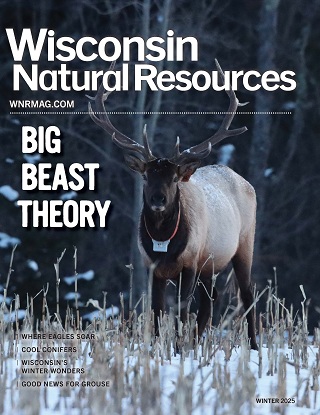Contact: Jason Fleener, DNR Wetlands Specialist
Jason.Fleener@wisconsin.gov or 608-220-9023
What Harvesters And Hunters Should Know To Stay Safe And Protect Vulnerable Wild Rice Beds
MADISON, Wis. – The Wisconsin Department of Natural Resources (DNR) encourages waterfowl hunters and wild rice harvesters to take a few simple steps toward ensuring a safe and fun harvest ahead of this year’s season opener.
Waterfowl hunters and wild rice harvesters both use Wisconsin’s native wild rice beds from late August through September. Taking precautions and keeping an eye out for other people in and near rice beds can keep everyone safe as they enjoy their time outdoors.
Wild rice harvesters’ activity ranges from 10 a.m. to sunset late August through September. Waterfowl hunting season opens on Sept. 1 with early teal, and shooting hours begin at sunrise from Sept. 1 to Sept. 28 and then move up to 30 minutes before sunrise. All shooting hours close at sunset.
While on the water, everyone can do their part to protect Wisconsin’s wild rice beds, especially in the summer and early fall months when wild rice is most vulnerable. Rice harvesters can put an elevated flag on their canoe or push pole and wear bright colors to make themselves more visible. Waterfowl hunters can raise a flag on their boats as they move to and from their blind sites and pay close attention to others recreating nearby in wild rice beds.
In June and July, boaters should operate at slow-no-wake speeds near floating wild rice beds. A boat’s wake refers to the waves created by the watercraft’s underway as it moves through the water. Even the minor rise and fall in water levels from a boat’s wake can damage rice beds.
From June through September, boaters should not drive through wild rice beds. If traveling through a bed can’t be avoided, boaters should minimize propulsion, use the same path going in and out of the bed and avoid turning the boat around inside the bed. Boaters and canoers should use push poles that minimize damage to wild rice plants.
The DNR, Great Lakes Indian Fish and Wildlife Commission and the tribes of Wisconsin work together with partners to benefit wild rice by restoring, protecting and establishing new wild rice beds. Wisconsin waterfowl hunters and wild rice harvesters contribute funding to restore this vital habitat through the purchase of state and federal waterfowl stamps and rice harvesting licenses.
To learn more about wild rice in Wisconsin, visit the DNR webpage here. You can find detailed information on waterfowl hunting, hunting dates and shooting hours in the 2021 Wisconsin Hunting Regulations.

